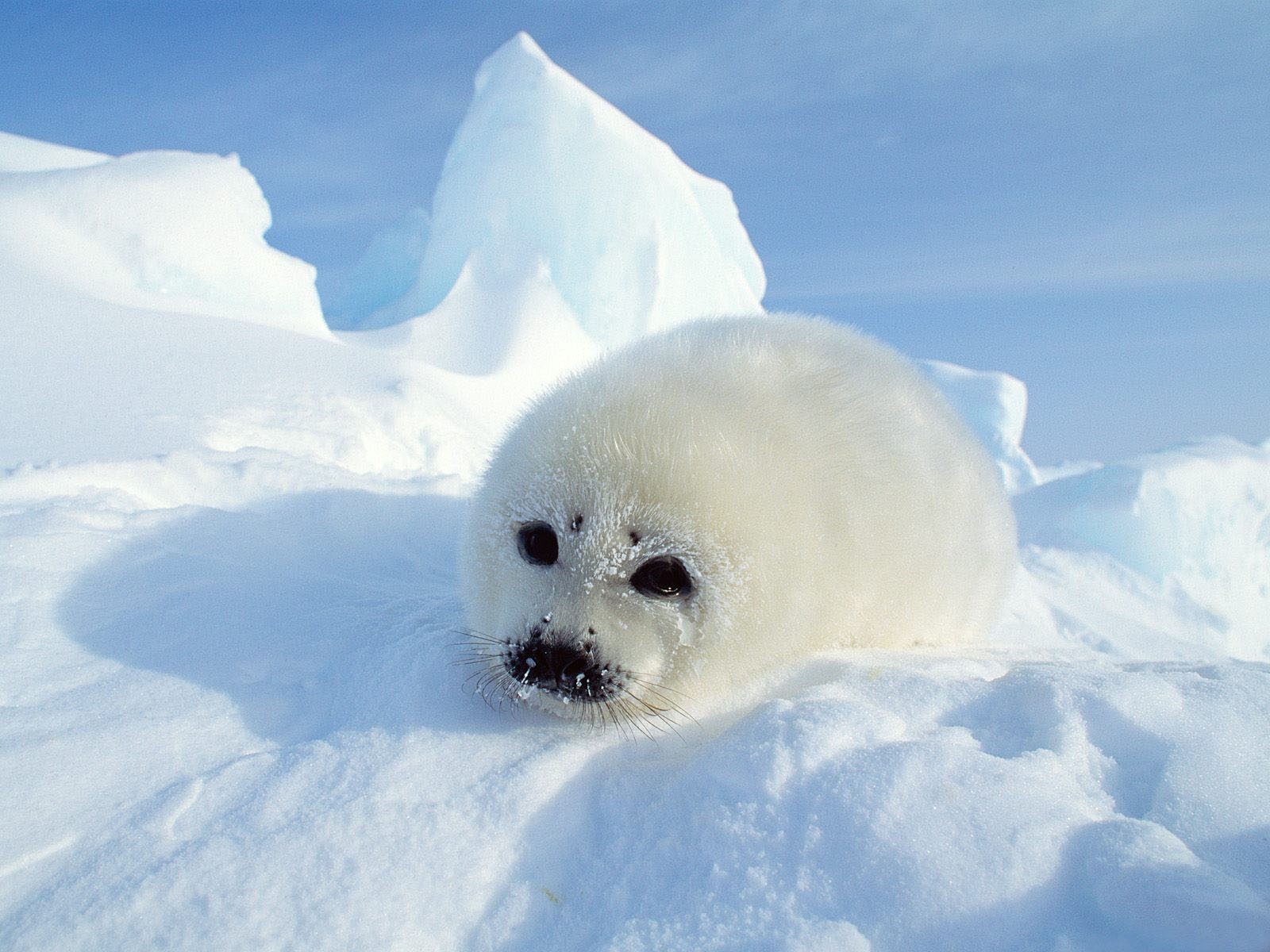The future of the Caspian seal is in our hands!
UNEP in Europe is marking World Wildlife Day with the planet’s smallest seal under the spotlight.
The United Nations World Wildlife Day 2016 (WWD2016) is being celebrated today under the theme ‘The future of wildlife is in our hands’. UNEP in Europe is marking the day by sending an alarm call to the world for better protection of the Caspian seal.
This marine species – the only mammal living in the Caspian Sea and the smallest seal on Earth – is in danger of extinction: its population has declined by 90% over the last 100 years and only around 100,000 now exist.
Recent satellite images show that this winter has been one of the worst on record for Caspian Sea ice, with only around 10% of what might be expected at this time of year – meaning it is very likely that a high proportion of pups born this season will have perished.
The Caspian seal is more than a symbol for the region, it is one of the best indicators of healthy – or unhealthy – ecosystems of the entire Caspian.
“We all have a role to play in conserving wildlife so vital to our environment,” said Jan Dusik, Director of the UN Environment Programme’s Regional Office for Europe. “While their numbers face stark threats, each female Caspian seal only gives birth to one pup a year, making protection of this charismatic species especially urgent,” he underlined.
Under the Caspian Environment Program supported by UNEP, the Caspian countries developed a Conservation Action Plan for the Sea. The plan acknowledges hunting, by-catch and poaching as the crucial threats to the Caspian seal population and foresees the setup of special protected areas for seals. The countries in 2014 signed a legal treaty on biodiversity protection under the Ashgabat Protocol of the Tehran Convention, which UNEP provides an interim Secretariat for – providing the legal basis to further this work.
The global theme of WWD2016 is a call to all citizens around the world to play a role in protecting the amazing wild animals and plants who share the planet with us. The Caspian seal is one of them and deserves attention and care from us all. Habitat loss, climate change, pollution, disease and poaching are among the most alarming challenges faced by wildlife today.
Yet we can all do our part in addressing these challenges.
Purchasing responsibly-sourced fish and other products and opting for sustainable tourism can lessen the impact on our fellow species. Even from across the globe, using public transport rather than cars, powering down electronics or recycling contributes to fighting the climate change that is endangering the Caspian seal. Hosting or visiting a film screening or photo exhibition can also raise awareness of this precious animal.
The key message the theme of WWD2016 tries to convey is that human beings hold the future of all wildlife in their hands. Failure to take actions now will have immediate and sometimes devastating consequences to some species of animals and plants.
http://www.wildlifeday.org/content/get_involved.
Note to editors:
Data are from Leeds University (authoritative source of reference when it comes to the Caspian seal populations): ‘Inter-year variation in pup production of Caspian seals Pusa caspica 2005–2012 determined from aerial surveys,’ October 2015.
About World Wildlife Day:
On 20 December 2013, the sixty-eighth session of the United Nations General Assembly proclaimed March 3 – the day of signature of the Convention on International Trade in Endangered Species of Wild Fauna and Flora – to be UN World Wildlife Day. The UNGA resolution also designated the CITES Secretariat as the facilitator for the global observance of this special day for wildlife on the UN calendar. This special day provides the ideal opportunity to celebrate the many beautiful and varied forms of wild fauna and flora, recall the privileged interactions between wildlife and populations across the globe, and raise awareness of the urgent need to step up the fight against wildlife crime, which has wide-ranging economic, environmental and social impacts.
www.wildlifeday.org
Isabelle Valentiny
Head of Communications, Regional Office for Europe, United Nations Environment Programme (UNEP)
